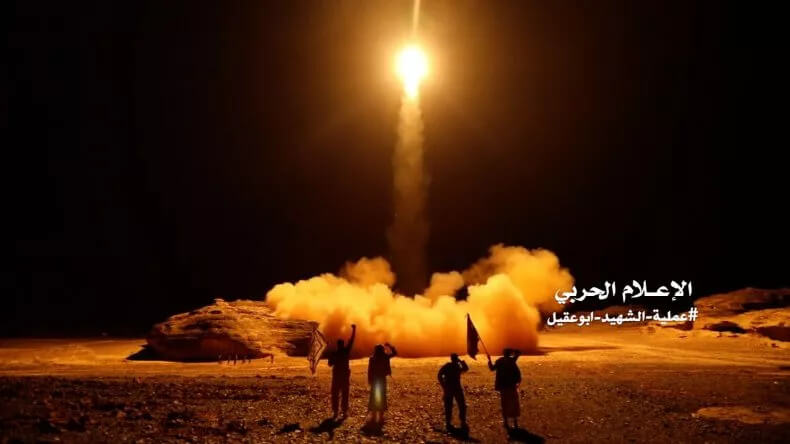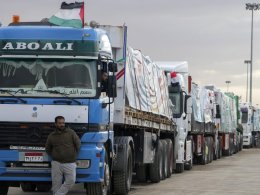By: Micaela Burrow, Daily Caller News Foundation
Iran is sending increasingly advanced missiles and targeting systems to the Houthi rebels despite the Biden administration’s warnings to leadership in Tehran, The Wall Street Journal reported Wednesday, citing Western officials and analysts.
The rebel organization controls much of Yemen and has grown to become one of Iran’s most powerful and influential proxy militias, the officials and analysts told the WSJ. Advanced Iranian-origin weapons and training have made the Houthis a formidable challenge to international shipping in the Red Sea, prompting the U.S. to lead a coalition of nations in patrols, defensive shoot-downs and airstrikes on Houthi capabilities in Yemen.
The U.S. has communicated its frustration to Tehran via Swiss interlocutors, the WSJ reported.
“Iran is a supplier of the Houthi and has provided equipment and training and expertise to other proxy organizations in the region,” a senior U.S. defense official told the WSJ late Monday. “We have communicated … that we consider that activity to be unacceptable.”
A spokesman for Iran’s representation at the United Nations in New York did not respond to the WSJ’s request for comment. Iran has previously stated that it does not control the Houthis’ actions.
“The resistance has its own tools … and acts in accordance with its own decisions and capabilities,” Iranian deputy foreign minister Ali Bagheri said in December, the WSJ reported.
Sophisticated weaponry the Houthis have obtained from Iran includes equipment that can jam drones’ targeting systems and components for long-range missiles and rockets, according to the WSJ.
Iran’s Islamic Revolutionary Guard Corps (IRGC) and Lebanese Hezbollah have sent advisors to the Houthis to help them plot and execute attacks on international shipping, the outlet reported. The Houthis are also learning as they endure repeated retaliatory strikes from the U.S. IRGC forces are also providing real-time targeting intelligence for the Houthis.
New high-end technology from Iran and the Houthis’ own ingenuity could make them more resilient to future U.S. counterstrikes, jeopardizing the Pentagon’s strategy to prevent future attacks. They have shuffled around equipment and personnel and devised ways to obtain Iranian weapons in floating packages rather than ship-to-ship transfers, which are more easily spotted.
On Jan. 11, less than 24 hours before the first U.S. and United Kingdom combined attacks on Houthi missile launchers and radars, U.S. Navy SEALs intercepted a boat smuggling the advanced military technologies from Iran to the Houthis. Those technologies included assembly kits for an Iranian anti-ship rocket with a range of 200 miles that the Houthis have yet to employ; engine nozzles for the Toufan ballistic missile recently put on display by the Houthis; and optical extensions that would enhance the ability of attack drones to hit their targets, the Western officials and advisers told the WSJ.
The U.S. apprehended the crew and sunk the boat.
The Houthis are the only one of Iran’s proxies to fire anti-ship ballistic missiles, according to Behnam ben Taleblu, a senior fellow at the Foundation for Defense of Democracies.
“There is evidence to suggest that Yemen is an important battleground for Iranian weapons testing, and potential development,” he told the WSJ. “Iran has both an arsenal at home and an arsenal in exile.”
The National Security Council did not immediately respond to the Daily Caller News Foundation’s request for comment.
Related Story: Iran Directly Helping Houthis in Red Sea Attacks U.S. Navy Says










